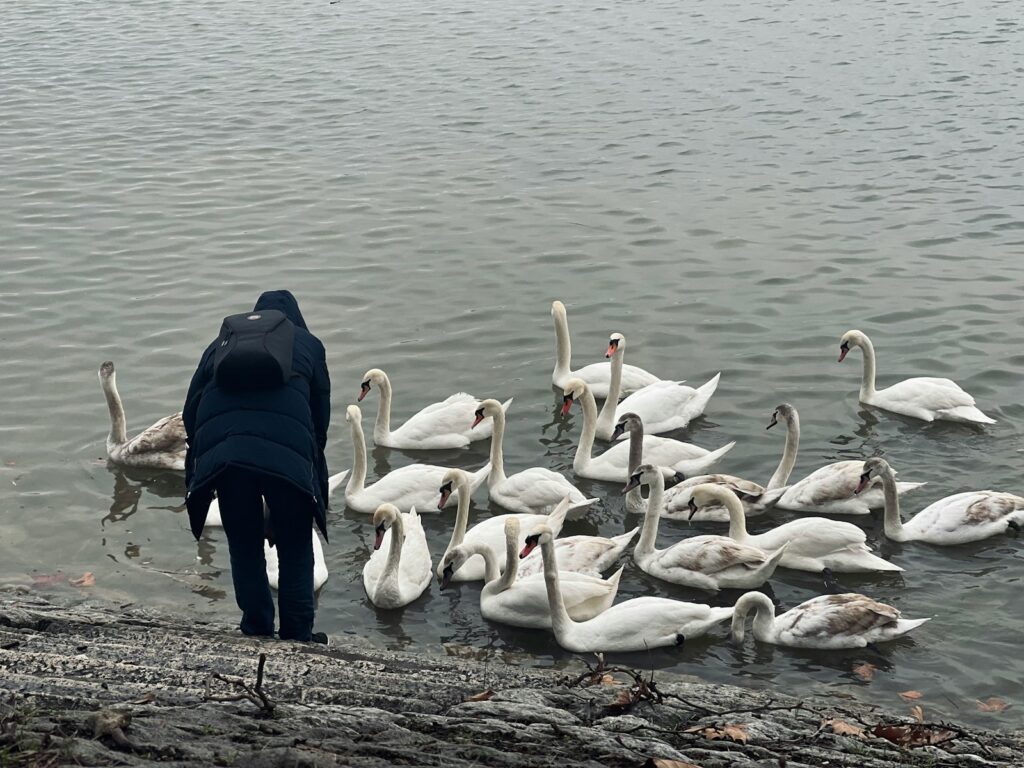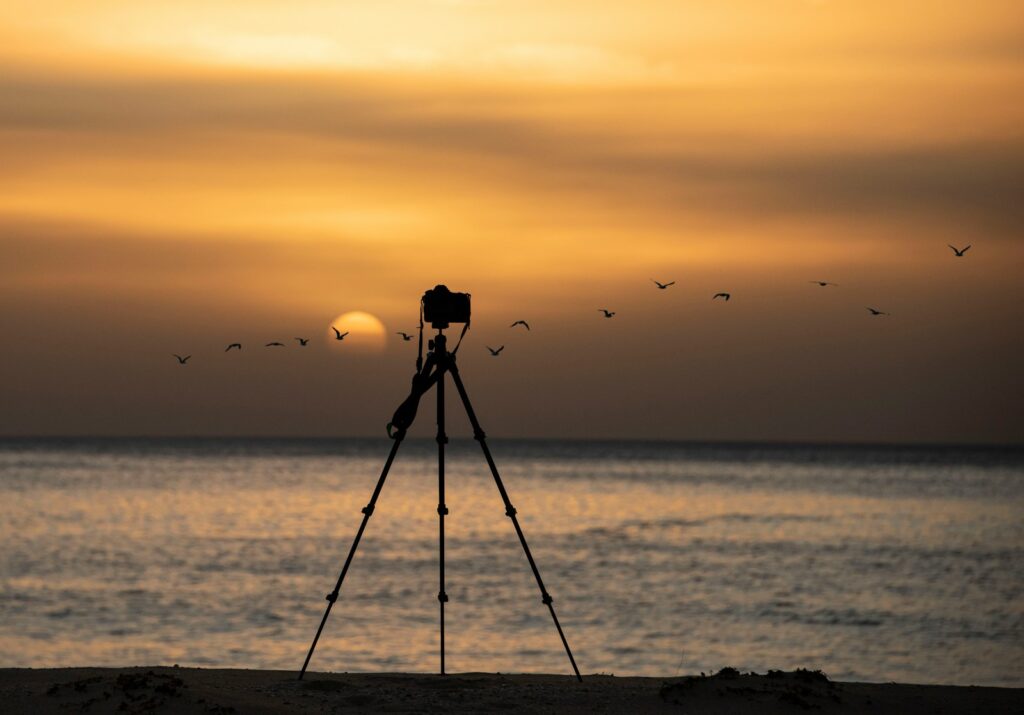Birds are magnificent creatures that capture our attention with their beautiful plumage, melodious songs, and fascinating behaviors. However, getting close enough to observe them in their natural habitat can be challenging, as birds are naturally wary of human presence. Whether you’re a wildlife photographer, birdwatcher, or simply a nature enthusiast, learning how to remain still without frightening birds away is an essential skill. This article will guide you through techniques and strategies to minimize your disturbance while maximizing your bird-watching experience, allowing you to witness these feathered marvels up close in their natural environment.
Understanding Bird Behavior and Perception

Birds have evolved highly sensitive perceptual systems that help them detect potential threats in their environment. Their vision is particularly acute, with many species able to detect even subtle movements from significant distances. Additionally, birds can perceive ultraviolet light invisible to humans, giving them an enhanced awareness of their surroundings. Most birds also have excellent hearing capabilities, allowing them to pick up on unusual sounds that might signal danger. Understanding these sensory capabilities helps explain why birds are so quick to take flight at the slightest indication of human presence. By recognizing how birds perceive potential threats, we can better adapt our behavior to minimize disturbance and increase our chances of successful bird observation.
Choosing the Right Location and Timing

Selecting an appropriate location is crucial for successful bird observation without causing disturbance. Look for natural blinds such as dense vegetation, fallen logs, or rock formations that allow you to blend into the environment while maintaining a clear view of areas birds frequent. Water sources, feeding sites, and nesting areas are particularly productive locations, but require extra sensitivity to avoid disrupting essential bird activities. Timing your observation sessions during peak activity periods – typically early morning and late afternoon – increases your chances of witnessing diverse bird behaviors. Seasonal considerations also matter, as migration periods often present opportunities to see species that might not normally inhabit your area. Research local bird movements and habitats beforehand to maximize your chances of successful observation without causing unnecessary stress to the birds.
Dressing Appropriately for Bird Observation

Your clothing choices can significantly impact how birds perceive your presence in their environment. Opt for earth-toned garments in muted colors like olive green, brown, or gray that blend with natural surroundings rather than bright colors that stand out. Avoid wearing clothing with reflective elements or materials that make noise when you move, such as nylon windbreakers that rustle with every slight adjustment. Layering your clothing provides flexibility for temperature changes during long observation sessions without requiring major movements that might startle nearby birds. Consider wearing a hat with a brim to break up your face’s outline and reduce glare from your eyes, as many birds are particularly sensitive to direct eye contact, which they interpret as predatory behavior. For serious bird observation, some enthusiasts invest in specialized camouflage clothing designed to mimic natural patterns found in specific habitats.
Mastering the Art of Slow Movement

When movement becomes necessary during bird observation, the technique of moving with deliberate slowness can help you remain undetected. Practice moving at an almost imperceptible pace, taking several seconds or even minutes to complete motions that would normally take moments. Always avoid sudden or jerky movements, which immediately trigger birds’ flight responses even from considerable distances. When changing position, move during moments when birds are distracted by their own activities, such as feeding or interacting with other birds. Keep your movements flowing and smooth rather than staccato or hesitant, as predatory movements tend to be characterized by stops and starts. Remember that raising your arms or hands above your silhouette is particularly alarming to birds, as it mimics the profile of a predator preparing to strike, so keep extremity movements low and close to your body whenever possible.
Controlling Your Breathing and Muscle Tension

Maintaining control over your breathing and muscle tension is essential for extended periods of stillness during bird observation. Practice deep, slow breathing techniques that minimize visible chest movement while providing sufficient oxygen for comfort during long observation sessions. When seated or standing in one position for extended periods, be conscious of muscle fatigue and the tendency to make sudden movements when discomfort builds. Develop the habit of systematically relaxing different muscle groups to prevent cramping and the need for abrupt repositioning. Some experienced bird watchers use meditation techniques to maintain both physical stillness and mental alertness, allowing them to remain motionless for hours while staying fully engaged with their surroundings. Consider practicing these stillness techniques at home before field sessions to build your physical endurance and control.
Utilizing Blinds and Natural Cover

Blinds and natural cover provide excellent opportunities to observe birds without detection, significantly increasing your chances of witnessing natural behaviors. Purpose-built observation blinds at wildlife refuges offer comfortable viewing while keeping your silhouette concealed from wary birds. In more remote locations, portable blinds can be set up with minimal disturbance, though it’s best to position them well in advance of observation to allow birds to grow accustomed to their presence. Natural features like dense bushes, tree trunks, or rock formations can serve as impromptu blinds when used thoughtfully. When using natural cover, position yourself so that approaching birds will see the natural element rather than your outline. Remember that even behind a blind, sudden movements or loud noises can alert birds to your presence, so maintain your stillness discipline even when you believe you’re fully concealed.
Managing Sound Discipline

Sound discipline is equally important as visual concealment when trying not to disturb birds. Speak only when necessary, and then only in hushed whispers directed away from the birds you’re observing. Be mindful of incidental sounds you might create, such as rustling clothing, clicking cameras, or the crunch of snacks during longer observation sessions. Modern technology presents particular challenges for sound discipline – remember to silence all electronic devices before beginning your observation, including camera sounds, phone notifications, and watch alarms. Train yourself to move equipment slowly and deliberately to avoid creating unexpected noises that might startle nearby birds. In group situations, establish clear communication protocols beforehand to minimize the need for conversation during observation periods, perhaps using hand signals instead of verbal cues when important moments arise.
Approaching Birds Strategically

When the active approach is necessary, employing strategic techniques can significantly reduce the likelihood of scaring birds away. Never approach birds directly head-on, as this mimics predator behavior and triggers immediate flight responses. Instead, use an indirect approach, moving at an angle that suggests you’re passing by rather than targeting the bird specifically. Keep your gaze soft rather than staring directly at the bird, occasionally looking away to reduce the perception of threat. Maintain a low profile by crouching or staying below the skyline whenever possible, as birds are particularly sensitive to silhouettes against the sky. The “stop-and-go” technique can be effective – move slowly when the bird is distracted or looking away, then freeze completely when its attention returns to you or its surroundings. Remember that different species have varying tolerance distances, so research specific birds’ comfort zones before planning your approach.
Using Photography Equipment Effectively

For bird photographers, managing equipment presents specific challenges for remaining undetected while capturing memorable images. Pre-adjust camera settings as much as possible before entering observation areas to minimize the need for adjustments that might create movement or noise. Consider using telephoto lenses that allow you to maintain greater distances from your subjects while still capturing detailed images. Camera supports like tripods or monopods should be set up slowly and deliberately, ideally before birds arrive in the area. Some photographers use remote triggers or intervalometers to capture images without touching the camera, eliminating movement at the crucial moment. Wrap noise-producing parts of your equipment with neoprene or similar materials to dampen sounds, particularly metal components that might click or clank together. Remember that the flash function on cameras should generally be disabled during bird photography, as the sudden burst of light can startle birds and disrupt their natural behaviors.
Building Patience and Observation Stamina

Perhaps the most important skill for observing birds without disturbing them is developing genuine patience and the stamina to remain still for extended periods. Successful bird observation often requires waiting quietly for significant stretches before anything remarkable occurs, followed by brief but extraordinary moments of activity. Train yourself to find interest in subtle details of bird behavior rather than constantly seeking dramatic actions, appreciating the small moments that reveal their true nature. Gradually build your observation sessions from shorter periods to longer ones, allowing your body to adapt to the physical demands of remaining still. Mental preparation is equally important – develop strategies to stay mentally engaged during waiting periods, perhaps by focusing on other aspects of the natural environment around you. Remember that even experienced bird watchers and photographers often spend hours for just a few minutes of meaningful observation or a handful of successful photographs.
Ethical Considerations in Bird Observation

Ethical bird observation demands that we prioritize the welfare of the birds over our desire for close encounters or perfect photographs. Always maintain appropriate distances from nesting sites, as disturbing nesting birds can lead to nest abandonment or increased vulnerability to predators. Be particularly cautious around endangered or threatened species, where even minor disturbances could have population-level implications. Consider the cumulative impact of human presence – what might seem like a brief, harmless encounter to you could be one of dozens a bird experiences throughout its day, creating significant stress. Follow established guidelines from organizations like the American Birding Association or local conservation authorities regarding appropriate observation practices. Remember that the ultimate goal of bird observation should be to witness and document natural behaviors without altering them through your presence, requiring a balance between proximity and respect for the animals’ space and needs.
Creating Bird-Friendly Observation Environments

For regular bird observation, creating environments where birds become habituated to human presence can allow for closer and more natural viewing experiences. Bird feeding stations positioned near observation windows provide opportunities to watch birds with minimal disturbance from the comfort of your home. When establishing such areas, position feeders and water sources at varying distances from your viewing location to accommodate both bolder and more shy species. Gradually introducing your presence in these spaces can help birds become accustomed to you, particularly if you maintain consistent routines and non-threatening behaviors. Natural landscaping with native plants that provide food and shelter creates a sustainable bird habitat that encourages regular visits and longer stays. Remember that even in these controlled environments, sudden movements or loud noises can still trigger alarm responses, so maintain your stillness discipline even in seemingly familiar settings.
Keeping Field Notes on Successful Techniques

Maintaining detailed records of your bird observation experiences helps refine your approach over time and build expertise. Note which techniques proved most effective with different species, recording details about your positioning, timing, and environmental conditions. Document instances where birds seemed particularly sensitive to certain movements or sounds, helping you avoid those triggers in future encounters. Record seasonal variations in bird behavior and tolerance for human presence, as many species show different sensitivity levels during breeding versus non-breeding seasons. Share your learning with other ethical observers, contributing to collective knowledge about minimally invasive bird watching practices. These records become particularly valuable when returning to the same observation areas repeatedly, allowing you to build on previous successes rather than repeating ineffective approaches. Over time, your notes will reveal patterns that can significantly improve your ability to observe birds without causing disturbance.
Conclusion

Becoming skilled at observing birds without frightening them away requires a thoughtful combination of knowledge, preparation, and self-discipline. By understanding bird perception, choosing appropriate locations, dressing to blend in, and mastering techniques for slow movement and sound control, you can dramatically increase your opportunities to witness birds behaving naturally. Remember that genuine respect for these creatures means sometimes accepting limitations on how close you can approach or how many photographs you can take. The most rewarding bird observation experiences often come not from perfect proximity, but from witnessing authentic behaviors of birds that are unaware of or undisturbed by your presence. With practice and patience, you’ll develop the ability to become almost invisible in the avian world, opening a window into the fascinating lives of our feathered neighbors.
